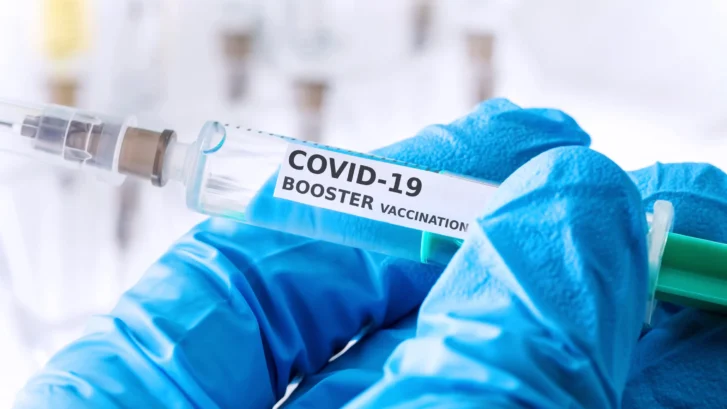Drug Makers Preparing New COVID-19 Boosters
When our primary care concierge doctors in Jupiter keep insisting that the pandemic isn’t “behind us,” it’s because of numbers like this:
- 5,100: the daily number of hospitalizations in this country due to COVID-19 (which have doubled since early May)
- 11 percent: the increase in COVID-19 deaths recorded in the U.S. over the first two weeks of July
- 382: the number of average daily COVID-19 deaths recorded in the U.S. over the first two weeks of July
- 139,430: the number of U.S. deaths from COVID-19 if the current numbers held steady for one year
- 36,000: the average annual number of U.S. deaths from the flu (According to the Centers for Disease Control and Prevention [CDC], the worst recent flu season was 2017-2018, when 61,000 Americans died from the flu.)
- 1,023,321: the total number of confirmed deaths from COVID-19 since the start of the pandemic
Highly transmissible
The new numbers are a result of the latest omicron variant, BA.5, which is currently responsible for approximately 67 percent of all cases in the country right now. Along with BA.4, which is also circulating, these two make up 80 percent of all cases in the U.S.
BA.5 is not only more contagious than previous variants; it’s also better at evading antibodies, whether from vaccines or previous infections.
“What that means is there is a smaller hill for the virus to get over,” Andrew Pekosz, a professor of immunology at Johns Hopkins Bloomberg School of Public Health, told the Baltimore Sun.
“We’re going to see a lot of infections and reinfections,” he said.
It’s also more difficult for public health experts to gauge the exact number of actual infections, because so many are now performing self-tests at home, or not testing at all. Therefore, their numbers aren’t included in official records.
White House COVID Response Coordinator Dr. Ashish Jha told NBC News that hundreds of thousands of infections are likely going uncounted.
“There’s no question in my mind we are missing the vast majority of infections right now,” he said. “The truth is there are probably several hundred thousand—400,000, 500,000 infections a day—happening across the country.”
More shots needed
If there’s any good news about BA.5, it’s that it doesn’t appear to be any more severe than earlier variants of the SARS-CoV-2 coronavirus.
The bad news is that only about 67 percent of eligible Americans have received an initial dose of a COVID-19 vaccine; less than half—49.5 percent—have received their first booster.
Still, the U.S. Food and Drug Administration (FDA) announced late last month that it had asked the major drug makers, Pfizer-BioNTech and Moderna, to modify their existing vaccines to include the BA.4 and BA.5 variants.
But it takes time to develop new formulas. Pfizer, Moderna, and Novavax are all in testing stages for vaccines against the BA.1 virus. Unfortunately, they will need more time to adjust their vaccines to target BA.4 and BA.5. The companies predict they’ll have those vaccines ready for rollout by late October or early November.
The problem is that no one knows which variants will be circulating by that time, or whether the updated vaccines will be more effective than those currently available.
Second booster?
Meanwhile, Biden administration officials are planning to expand access to a second booster of the available vaccines, pending approval by the various agencies. That’s because data suggest that immunity wanes within several months of the first booster shot.
Currently, second boosters are approved only for those ages 50 and older, and to those 12 and older who are immunocompromised.
Peter Hotez, a molecular virologist and dean of the National School of Tropical Medicine at Baylor College of Medicine, told The Washington Post that he supports such a strategy.
“We have already seen the benefits in [ages] 50 and older,” he told the paper.
“Eventually, what’s true for older people turns out to be true for younger folks—it just takes longer to reveal itself,” he added.
Kent Carper, president of the Kanawha County Commission in West Virginia, told a recent FDA vaccine advisory committee meeting that there are many outside the approved age group who could benefit from a second booster.
“There is an urgent need for second booster shots to protect our first responders,” he said. “First responders include law enforcement, firefighters, EMTs, telecommunicators, nurses, and our doctors.”
In the meantime, officials are urging everyone in high-risk areas—which currently includes nearly every Florida county—to take precautions against becoming infected.
This means masking in poorly ventilated indoor settings and avoiding large crowds as much as possible.
And be sure to let us know if you test positive at home, or test negative and still think you may have COVID-19. The sooner you begin treatment, the more effective it will be.

